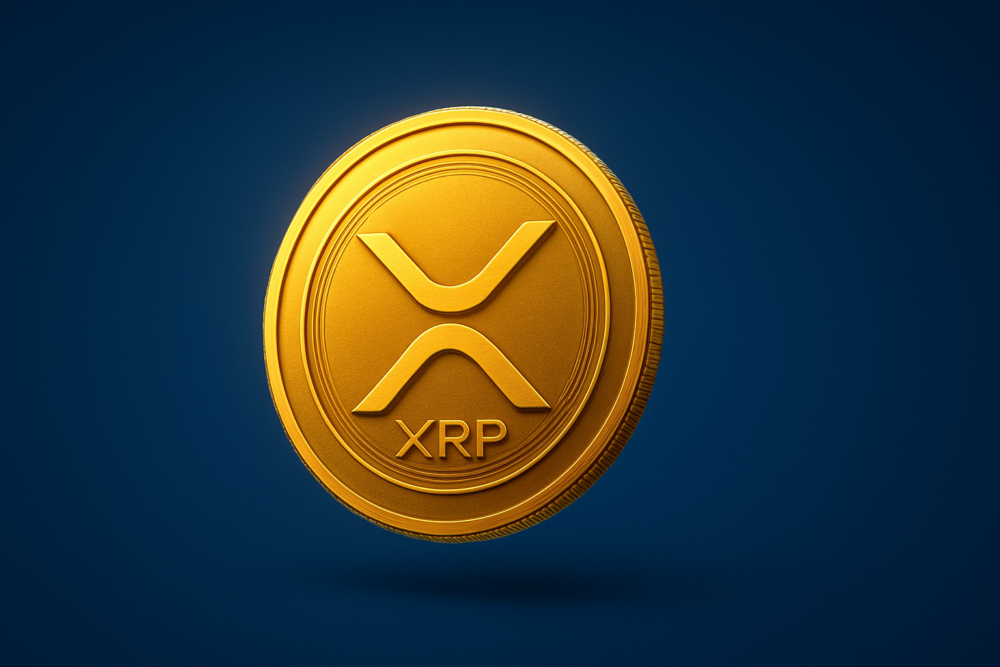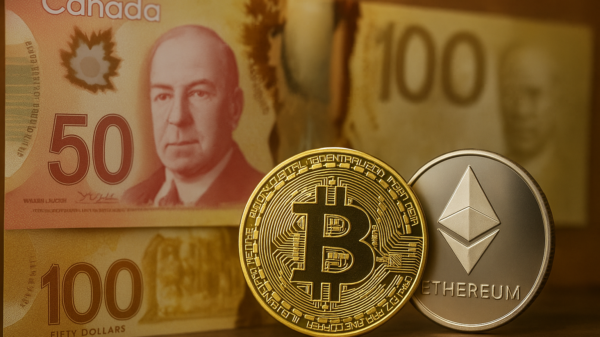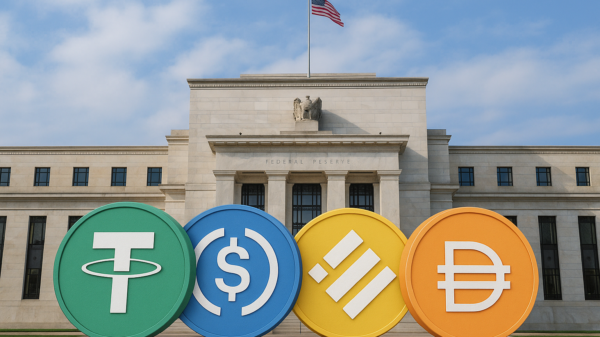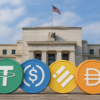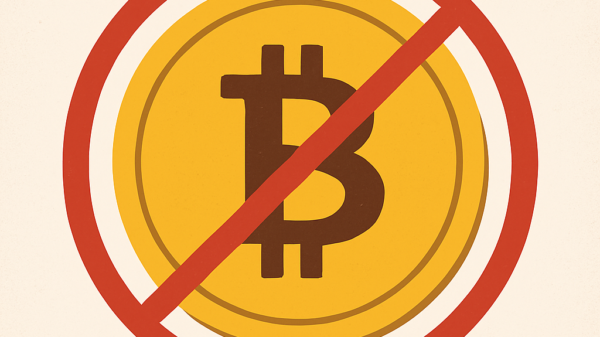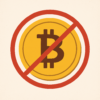The International Monetary Fund (IMF) has recognized XRP, the digital asset native to the XRP Ledger, as one of three major solutions capable of transforming international payments.
Tuesday’s announcement signals growing acceptance by global financial institutions of blockchain technology as a practical tool for speeding up and simplifying cross-border settlements.
For decades, sending money across borders has been expensive, slow, and opaque. Traditional correspondent banking networks rely on multiple intermediaries, each adding fees and delays. Small businesses, large corporations, and individuals sending remittances often face long waits and rising costs.
Transaction fees can accumulate quickly, sometimes making small transfers impractical. Settlement times can extend to several days, slowing cash flow and operational efficiency. Tracking payments across banks often remains opaque, which complicates accounting and reconciliation. Meanwhile, varying regulatory frameworks across countries add another layer of difficulty.
XRP and the broader RippleNet ecosystem aim to address these persistent problems. By using the XRP Ledger, institutions can move funds almost instantly with minimal cost. XRP’s on-demand liquidity (ODL) model eliminates the need for pre-funded Nostro or Vostro accounts, freeing up capital that would otherwise remain tied up in transit.
Additionally, XRP transactions confirm within seconds, not days, and fees are extremely low, making transfers of any size practical. The XRP Ledger can handle thousands of transactions per second, providing scalability for large institutions.
The IMF’s acknowledgment of XRP could accelerate adoption among financial organizations. It provides reassurance that blockchain-based solutions can function reliably at scale. Consequently, banks and payment providers may be more willing to pilot XRP-based programs, aiming to reduce operational costs and improve customer experience.
Read more: Canada’s FINTRAC slaps cryptocurrency firm Cryptomus with record $177M fine
Read more: Soluna and Canaan partner on 20-Megawatt renewable-powered crypto mining hub
XRP infrastructure bridges conventional finance with digital systems
In addition, recognition from a leading global financial body may influence regulators to develop clearer frameworks for digital assets used in payments. Such endorsement can also help stabilize markets as practical utility drives broader adoption.
XRP has already proven useful for remittances and corporate payments. For example, Ripple Labs partners with banks and money service providers worldwide, facilitating faster transfers without locking up large sums of capital. Furthermore, the IMF’s position may accelerate the integration of digital assets into conventional banking systems.
Central banks are increasingly exploring central bank digital currencies (CBDCs), while private stablecoins are also gaining ground. The trend points to faster, programmable money that moves cheaply across borders. In this context, XRP’s established infrastructure positions it as a bridge currency and settlement layer, potentially connecting conventional finance with emerging digital systems.
Financial institutions may now view blockchain not just as speculative technology but as a practical tool to reduce costs, improve speed, and enhance transparency. Consequently, XRP and RippleNet could play a growing role in global payments, while regulatory and market acceptance continue to evolve.
Meanwhile, the conversation about digital assets in finance is shifting. Policymakers, corporate treasurers, and technology teams increasingly consider utility, efficiency, and interoperability when evaluating payment solutions. XRP appears ready to meet these demands while bridging the gap between traditional and digital financial infrastructures.

